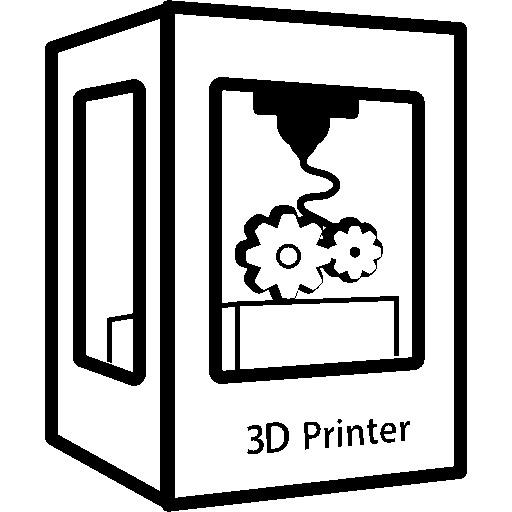I’ve been having some serious issues getting PETG to print well, and I was wondering what settings other are using with success? I’m using a bedslinger in an enclosure and normally i print PLA with 200mm/s.
What are you doing for nozzle/bed temp, cooling fan, printing speeds etc? enclosed/open?
What is your printer capabilities normally for e.g. PLA?


Each brand and color are technically different. Drying PETG is very important and the cause of most issues with it. The ooze caused by moisture expansion then causes stringing, except PETG is much more sticky than other filaments. This stickiness causes more and thicker strings and wisps than other filaments. These cause more material to get pulled from the tip and they tend to ground themselves harder to whatever they come in contact with. Ultimately these effects lead to inconsistent starts and ends for your perimeter seams and it is this issue that causes ugliness, bad tolerances, and print failures. You can mitigate with drying but if you are not able to print from a dry box, you can lessen the issues by manually placing all of your seams on the inside surfaces of some prints. Indeed I only use PETG when I am designing for it in the CAD phase and I choose PETG only when I can hide the seams manually.
Yeah I’m having issues right now with material being super sticky and building up on the nozzle. after 30min of printing it has this blob of filament buildup on the nozzle which hits the print.
I do actually print from a dryer, but it has been stored in a non-sealing box for a while without silica, so maybe it’s just too wet. I’m just not hearing the usual crackling of wet filament at all.
Getting the first layer height correct is another key with PETG. You generally don’t want to have your Z offset further down than it takes to get an even layer. Find that level, then adjust the extrusion multiplier on your filament in order to fill in any minor gaps. Lowering your Z offset to fill in those gaps is going to contribute to buildup on your nozzle. As far away from the build plate as possible has been the right level for me.
I can definitely print closer to the bed with other materials than I can with PETG.
Sometimes I get crackling sometimes not but it is still usually moisture. It takes a long time to drive out all the moisture from PETG IME
I’ll give it 24h in the dryer before trying again then.
What fixed this for me was raising the z offset (as in making the nozzle further away from the bed)